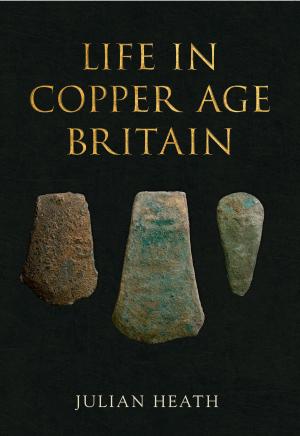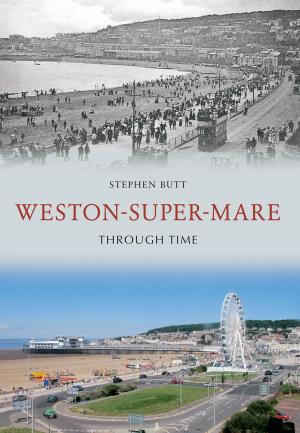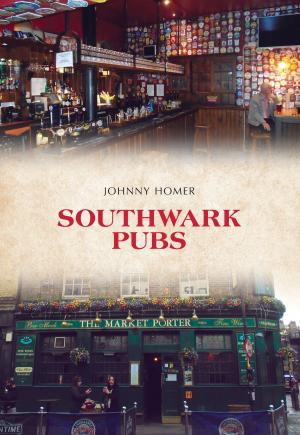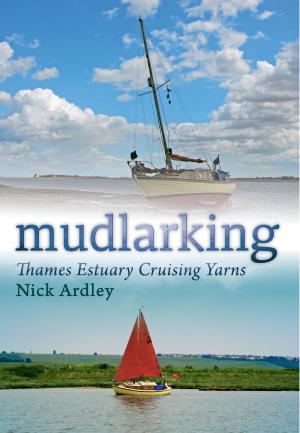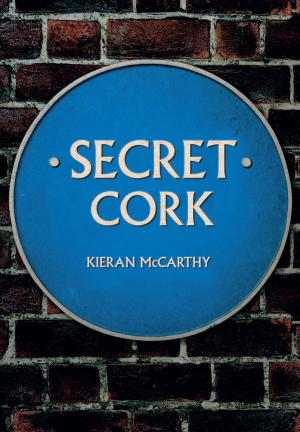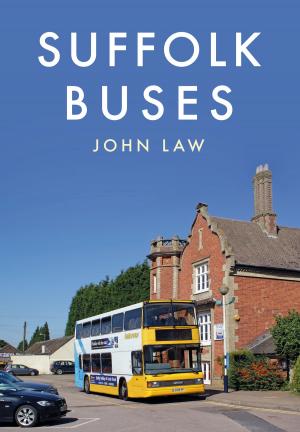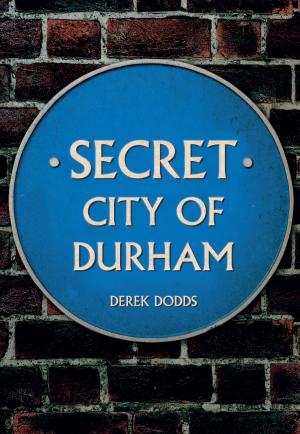Walking on Water
London's Hidden Rivers Revealed
Nonfiction, Art & Architecture, Photography, Pictorials, Travel, Science & Nature, Science, History| Author: | Stephen Myers | ISBN: | 9781445626185 |
| Publisher: | Amberley Publishing | Publication: | June 15, 2011 |
| Imprint: | Amberley Publishing | Language: | English |
| Author: | Stephen Myers |
| ISBN: | 9781445626185 |
| Publisher: | Amberley Publishing |
| Publication: | June 15, 2011 |
| Imprint: | Amberley Publishing |
| Language: | English |
London's hidden - or lost - rivers are a source of fascination. This book concentrates on seven North London rivers - the Fleet, the Walbrook, the Tyburn, the Westbourne, Counter's Creek, Stamford Brook and the Black Ditch. The author, a professional water engineer, describes their sources and traces their individual histories, setting out their influence on the development of London and their use and abuse by society, eventually leading to their disappearance. The original watercourses of each of the seven rivers are shown on London street maps to a detail never previously attempted. Research to enable this included extensive on-site analysis of their river catchment topographies and desk-top studies of numerous old maps and literary references. Walking on Water ends on an optimistic note. Drawing on his professional experience, the author proposes a practical, affordable and exciting approach to recreating riverside parks and walks in the London boroughs through which the hidden rivers passed, which uses their source waters to refresh the lakes of the Royal Parks.
London's hidden - or lost - rivers are a source of fascination. This book concentrates on seven North London rivers - the Fleet, the Walbrook, the Tyburn, the Westbourne, Counter's Creek, Stamford Brook and the Black Ditch. The author, a professional water engineer, describes their sources and traces their individual histories, setting out their influence on the development of London and their use and abuse by society, eventually leading to their disappearance. The original watercourses of each of the seven rivers are shown on London street maps to a detail never previously attempted. Research to enable this included extensive on-site analysis of their river catchment topographies and desk-top studies of numerous old maps and literary references. Walking on Water ends on an optimistic note. Drawing on his professional experience, the author proposes a practical, affordable and exciting approach to recreating riverside parks and walks in the London boroughs through which the hidden rivers passed, which uses their source waters to refresh the lakes of the Royal Parks.



